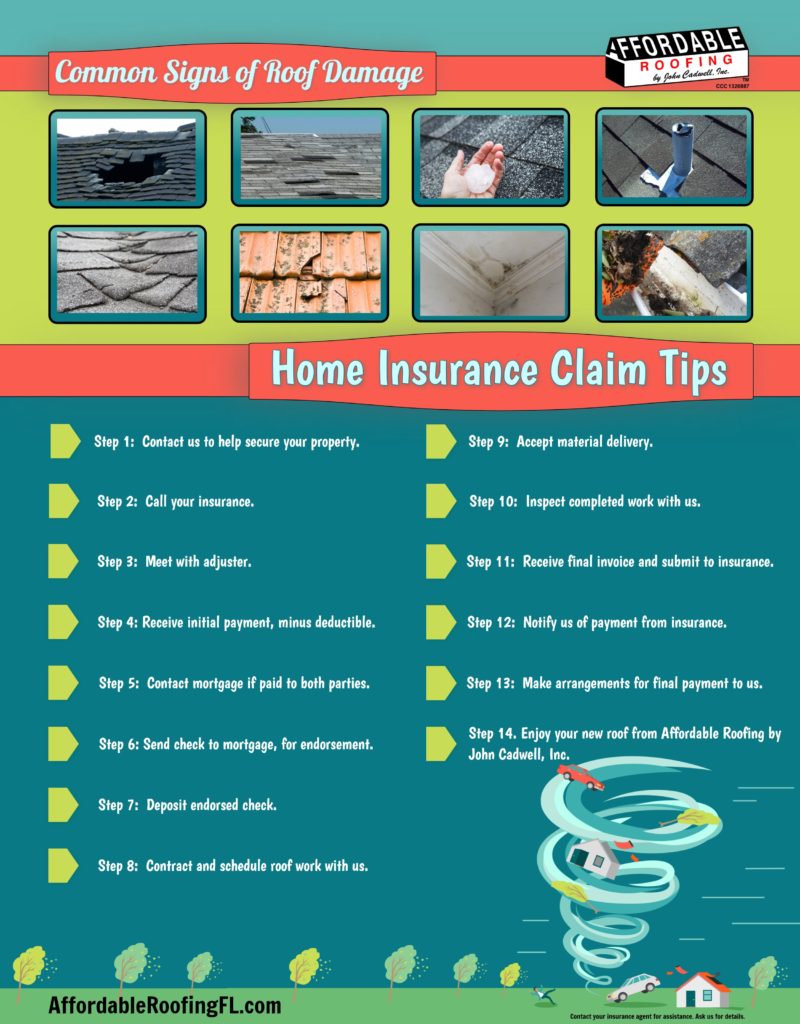Detecting Roof Damages Early To Stop Severe Complications
Detecting Roof Damages Early To Stop Severe Complications
Blog Article
Material Writer-Cooley Burke
To shield your home from potential expensive fixings, recognizing roof damage very early is critical. By watching out for subtle indications like missing out on tiles or water spots, you can catch concerns before they worsen. But what about those commonly ignored locations that could mean covert troubles prowling over you? Remain tuned to discover vital ideas for identifying roof covering damage before it escalates right into a major frustration.
Early Indication
Spotting roofing system damage early can save you money and time. One vital early indication to watch out for is missing out on or damaged shingles. If you observe any type of tiles that are broken, crinkling, or entirely missing, it's essential to deal with the problem quickly. These damaged shingles can leave your roof susceptible to leaks and further damages.
An additional sign to search for is water spots on your ceiling or walls. https://www.goodhousekeeping.com/home/renovation/a34020/when-to-replace-your-roof/ can indicate a leak in your roof that needs prompt focus. Ignoring these water spots can cause extra extensive and costly repairs down the line.
Additionally, be on the lookout for any type of signs of drooping or drooping locations on your roof, as this can suggest architectural damages that needs to be taken care of without delay.
Outside Inspection Tips
Routinely evaluating the exterior of your roof covering is crucial for keeping its honesty and recognizing potential damages early. Start by analyzing the roof shingles-- look for any missing, cracked, or crinkling roof shingles, as these can be indications of roofing system damage.
Check the seamless gutters for granules from the roof shingles, as too much granule loss may signify aging or weathering. Focus on the blinking around vents, chimneys, and skylights, guaranteeing they're tightly secured and devoid of fractures.
Try to find indications of moss, algae, or mold and mildew development, as these can bring about roofing system damage otherwise resolved immediately. Additionally, inspect the fascia and soffits for any water discolorations or rot, which might signal water damage.
Finally, evaluate the general problem of your roofing system from the ground, seeking any sagging areas or obvious dips. By conducting these outside examinations frequently, you can catch roof covering damages early and prevent it from developing into a significant issue.
Interior Red Flags
When inspecting your roofing for prospective damages, do not forget the importance of examining the interior of your home. Interior red flags can commonly be early indications of roofing problems that require attention.
Beginning by examining your ceilings for any kind of water stains or discoloration, as these might signal a leak in the roof covering. Another essential location to evaluate is the attic room, where signs of water damage, mold, or mildew may suggest a roofing system issue.
Pay close attention to any kind of mildewy smells or an obvious rise in moisture degrees, as these can also be indications of water intrusion from a damaged roof covering. Additionally, drooping locations in the ceiling or walls should be taken seriously, as they could be an outcome of water damages weakening the structure.
If linked internet page notice any one of these interior red flags, it's vital to have a specialist roofing contractor evaluate the circumstance without delay to prevent further damage and costly repair work.
Conclusion
By staying alert and frequently checking for very early warning signs of roofing damages, you can stop minor issues from becoming major troubles. Keep an eye out for missing or damaged roof shingles, water spots on ceilings or walls, and any type of sagging or drooping areas on the roofing. By addressing these issues promptly, you can save yourself from costly repair services and guarantee your roofing continues to be in good condition for many years to come. Remain aggressive and safeguard your home from potential damage.
